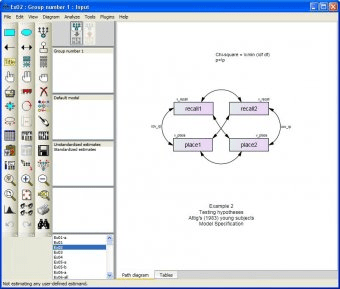

All participants completed socio-demographic characteristic and standard assessments on parental attachment, peer attachment, anhedonia, and suicidal ideation by paper surveys. Method: Participants were enrolled in middle schools, in Hefei, Anhui, China. The aim of this study was to explore how parental attachment, anhedonia, and peer attachment were associated with suicidal ideation in adolescents. 4Department of Mental Health and Psychological Science, Anhui Province Key Laboratory of Cognition and Neuropsychiatric Disorders, Anhui Medical University, Hefei, Chinaīackground: Previous studies had shown that poor quality of early parental attachment is a risk factor for suicide, but few have focus on the mechanism between suicidal ideation and parental attachment.

3Anhui Xinyu Psychological Service, Hefei, China.2Psychiatry Department of Hefei Fourth People's Hospital, Hefei, China.1Institute of Mental Health and Psychological Science, Anhui Medical University, Hefei, China.Japan Journal of Nursing Science © 2015 Japan Academy of Nursing Science.Yaru Guo 1 †, Yifu Ji 2 †, Yunheng Huang 1, Man Jin 3, Yanting Lin 1, Yun Chen 3, Lei Zhang 4, Chunyan Zhu 4 *, Fengqiong Yu 4 * and Kai Wang 2 Japanese university students Maslach Burnout Inventory-Student Survey academic burnout bi-factor model of the Maslach Burnout Inventory-Student Survey confirmatory factor analysis. Although the scale was back-translated, two items measuring exhaustion whose expressions overlapped should be modified, and all items measuring inefficacy should be reversed in order to statistically clarify the factorial difference between the scale's three factors. The Japanese version of the Maslach Burnout Inventory-Student Survey needs minor changes to improve the fit of its three factor model, but the scale as a whole can be used to adequately assess overall academic burnout in Japanese university students. Subsequent analysis revealed that a bi-factor model fit the data better than did the hypothesized or modified three factor models. The present authors added four paths between error variables within items, but the modified model did not show satisfactory fit. Although fit indices of the hypothesized three factor model did not meet the respective criteria, the model demonstrated better fit than did the null and one factor models. Cronbach's alphas were 0.76, 0.85, and 0.78, respectively. Intercorrelations between exhaustion, cynicism, and inefficacy were relatively higher than in prior studies. The present authors compared fit indices of the null, one factor, and default three factor models via confirmatory factor analysis with maximum-likelihood estimation using AMOS software, version 21.0. The inventory's descriptive properties and Cronbach's alphas were calculated using SPSS software. The back-translated scale used unreversed items to assess inefficacy. To examine the factorial validity of the Maslach Burnout Inventory-Student Survey, using a sample of 2061 Japanese university students majoring in the medical and natural sciences (67.9% male, 31.8% female Mage = 19.6 years, standard deviation = 1.5).


 0 kommentar(er)
0 kommentar(er)
